Conversaciones de invierno Menorca

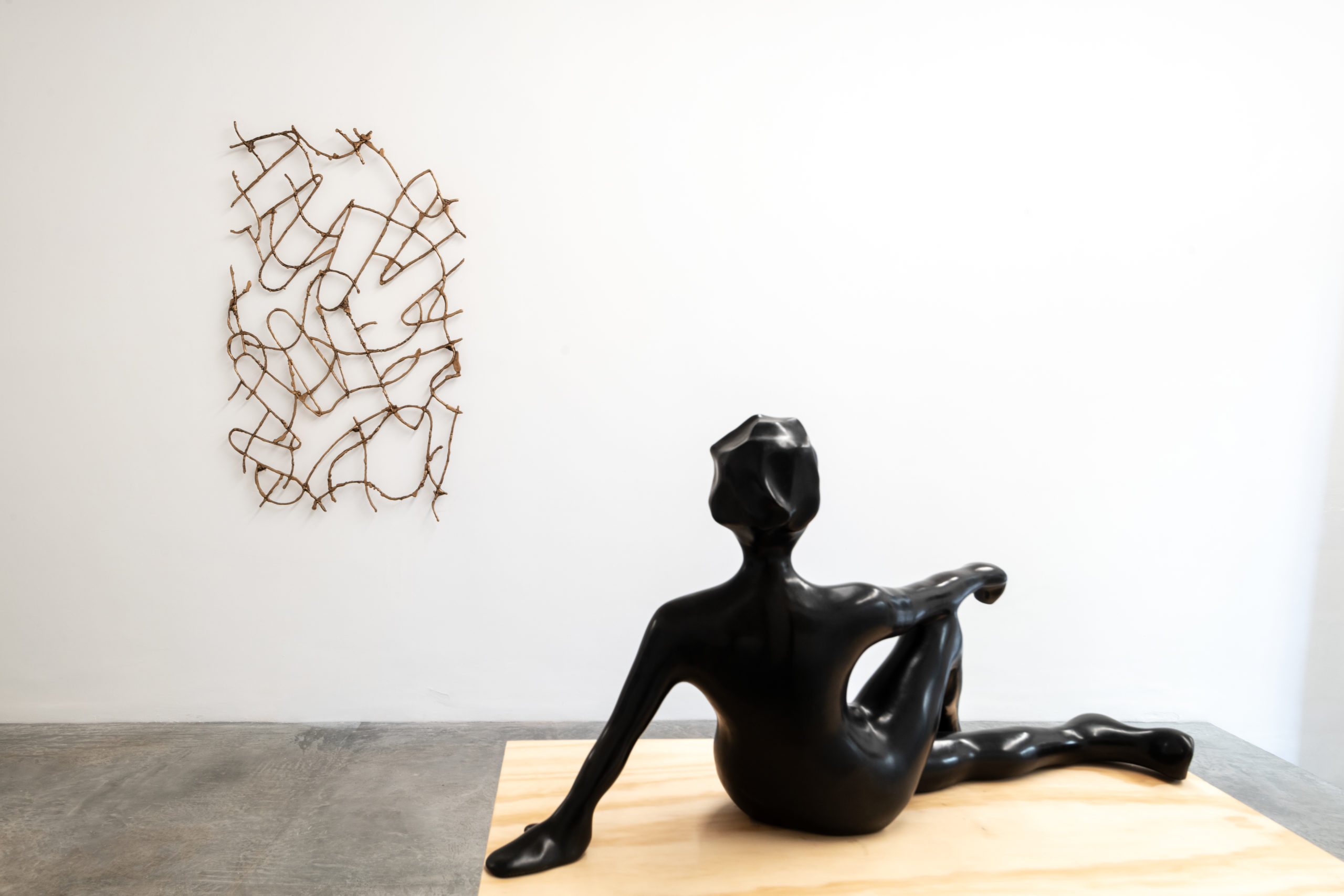
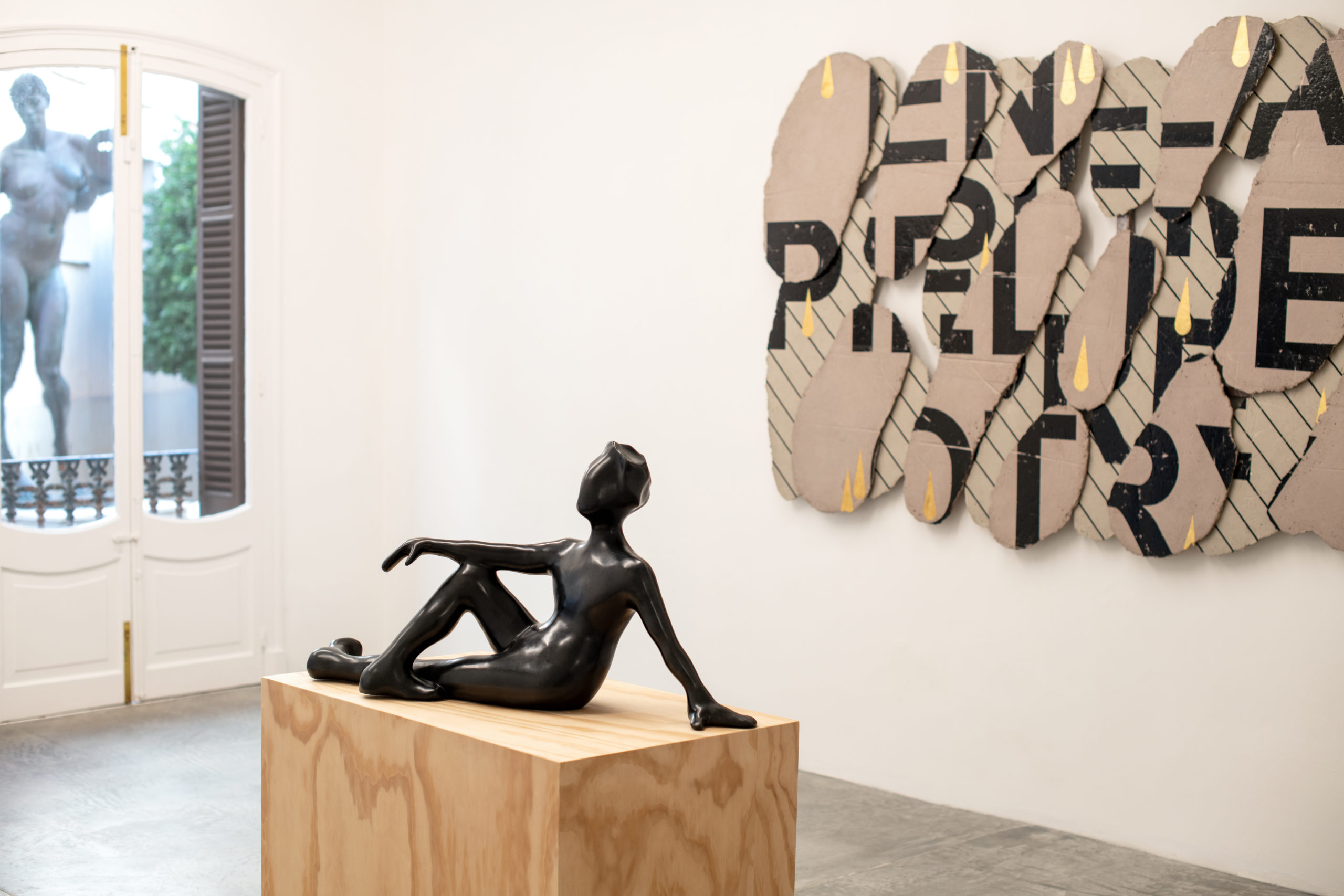
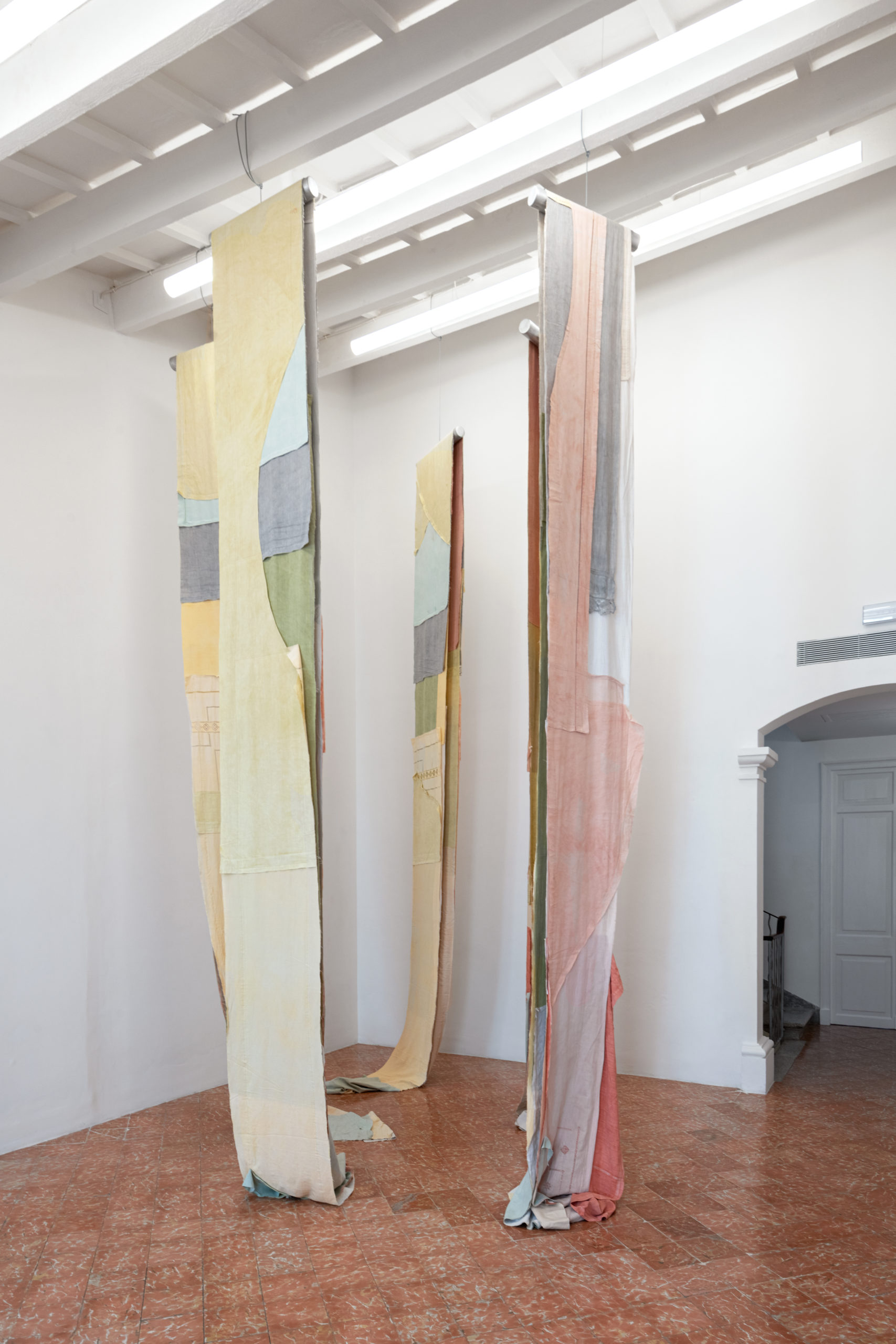
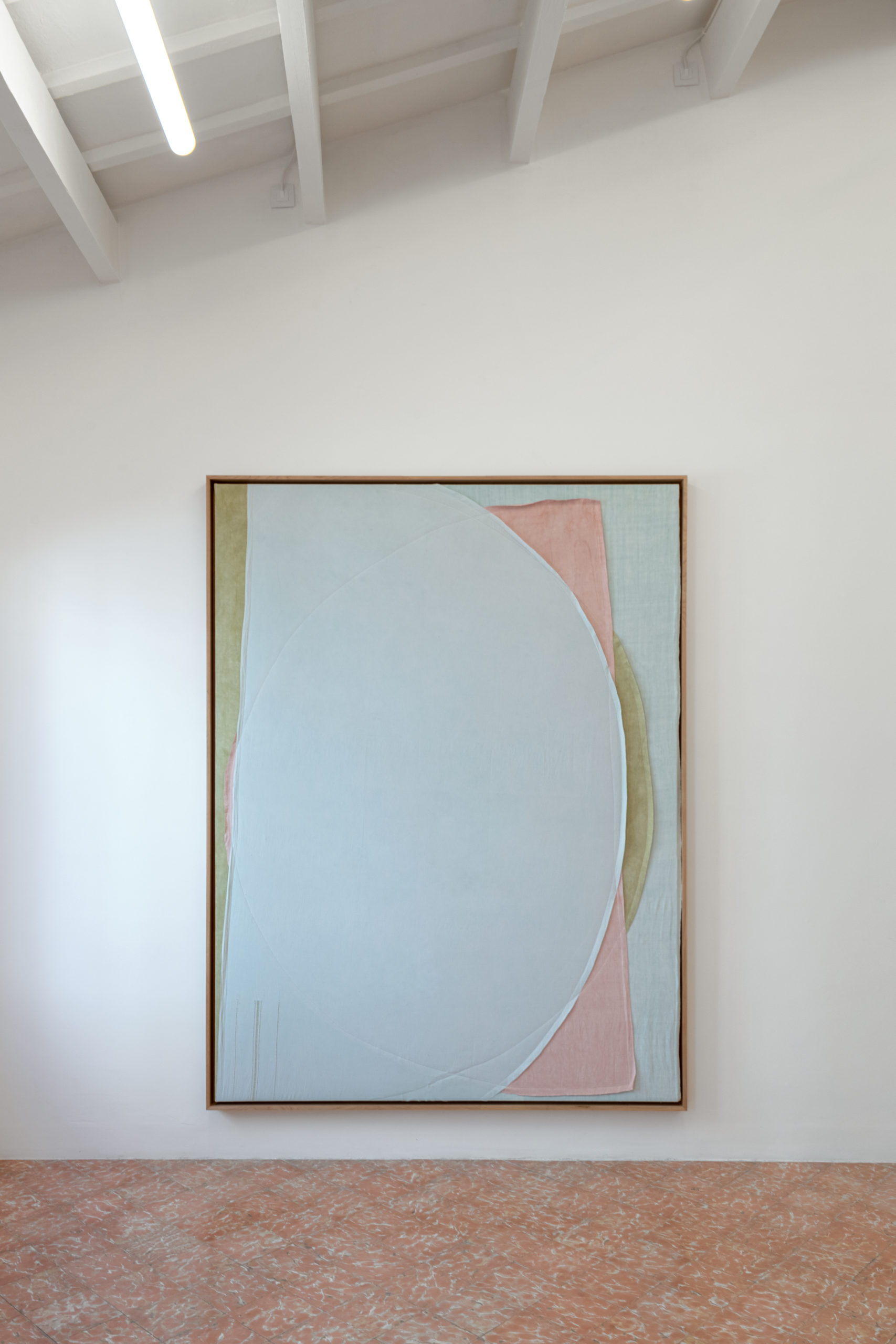

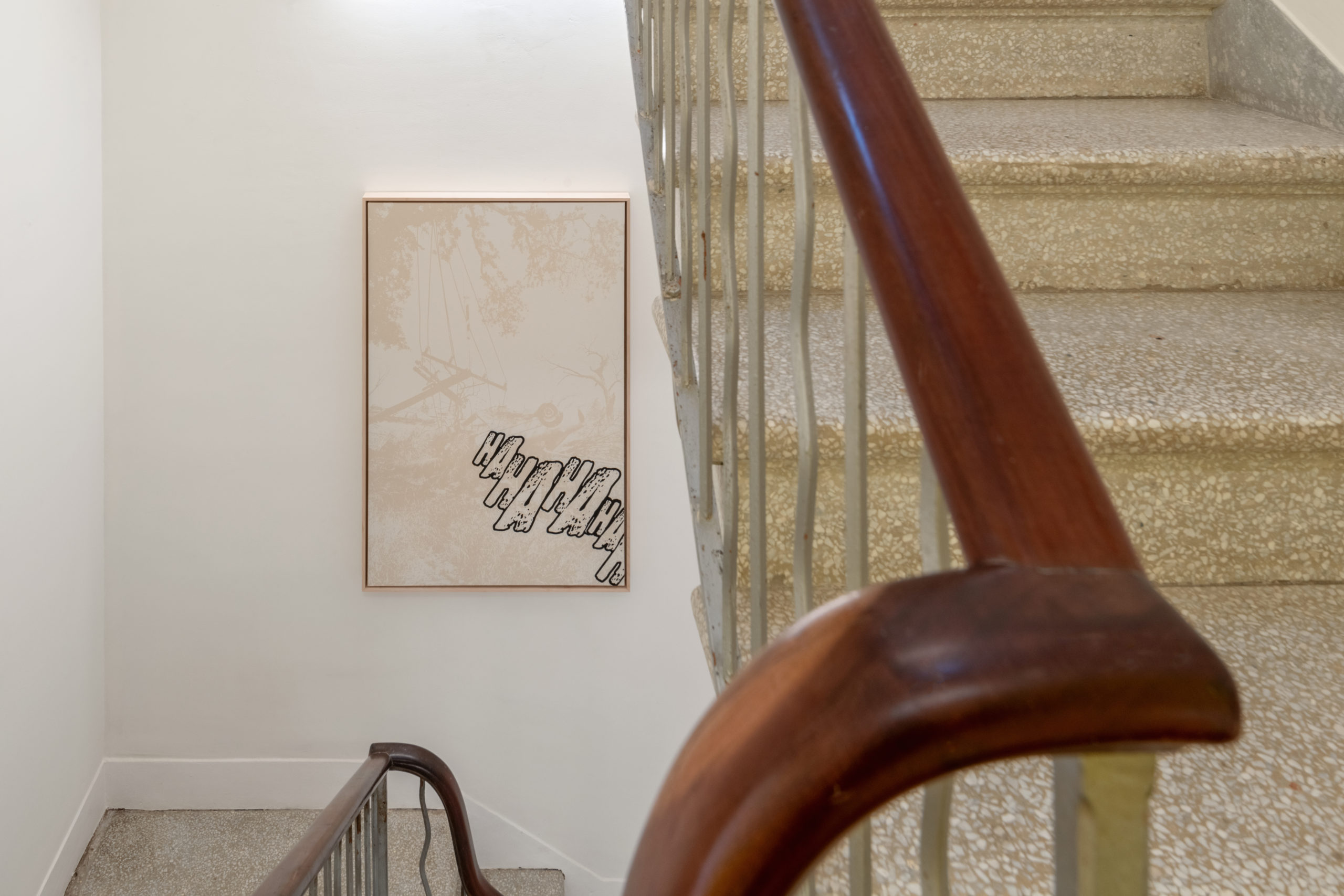
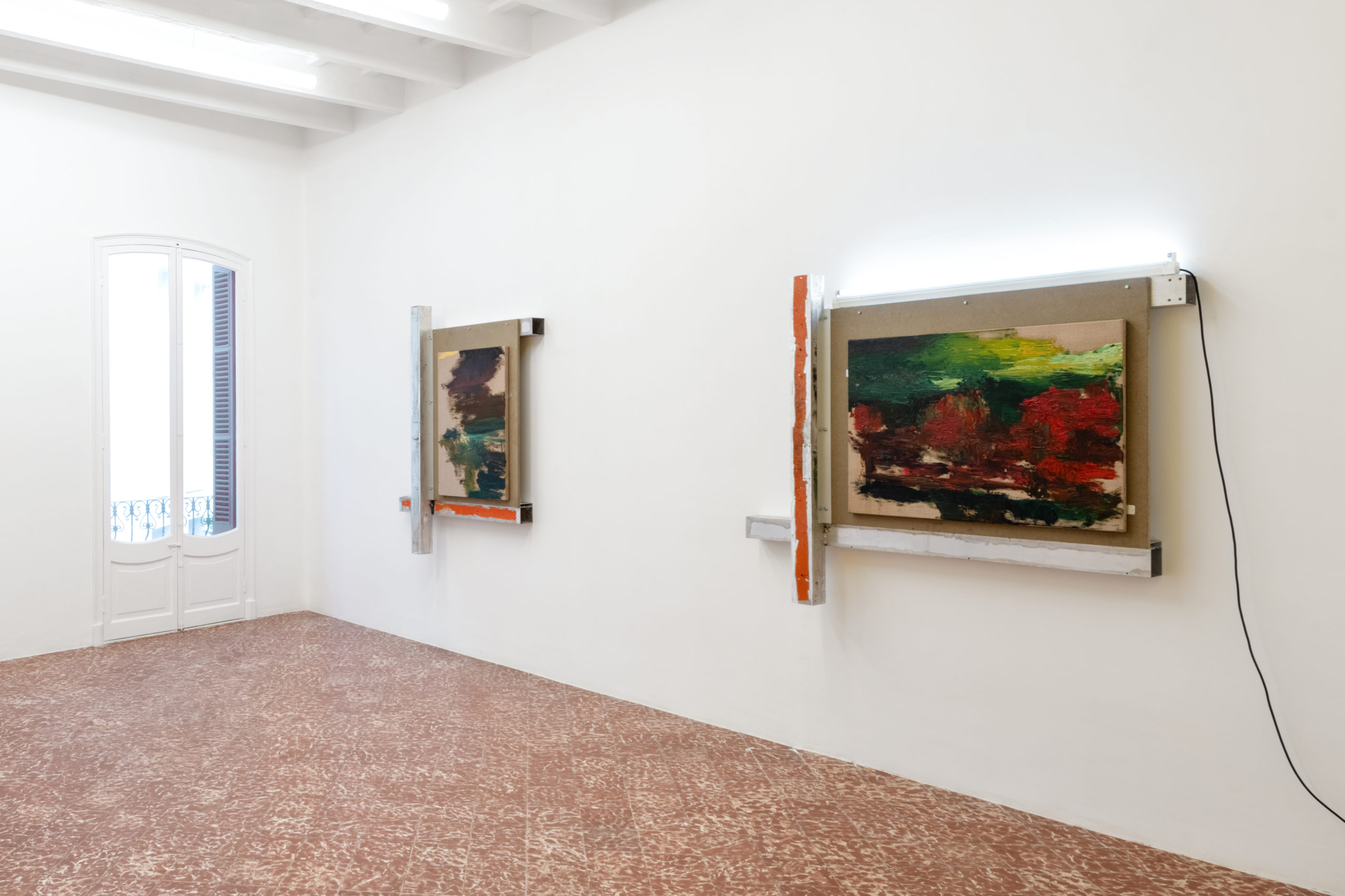

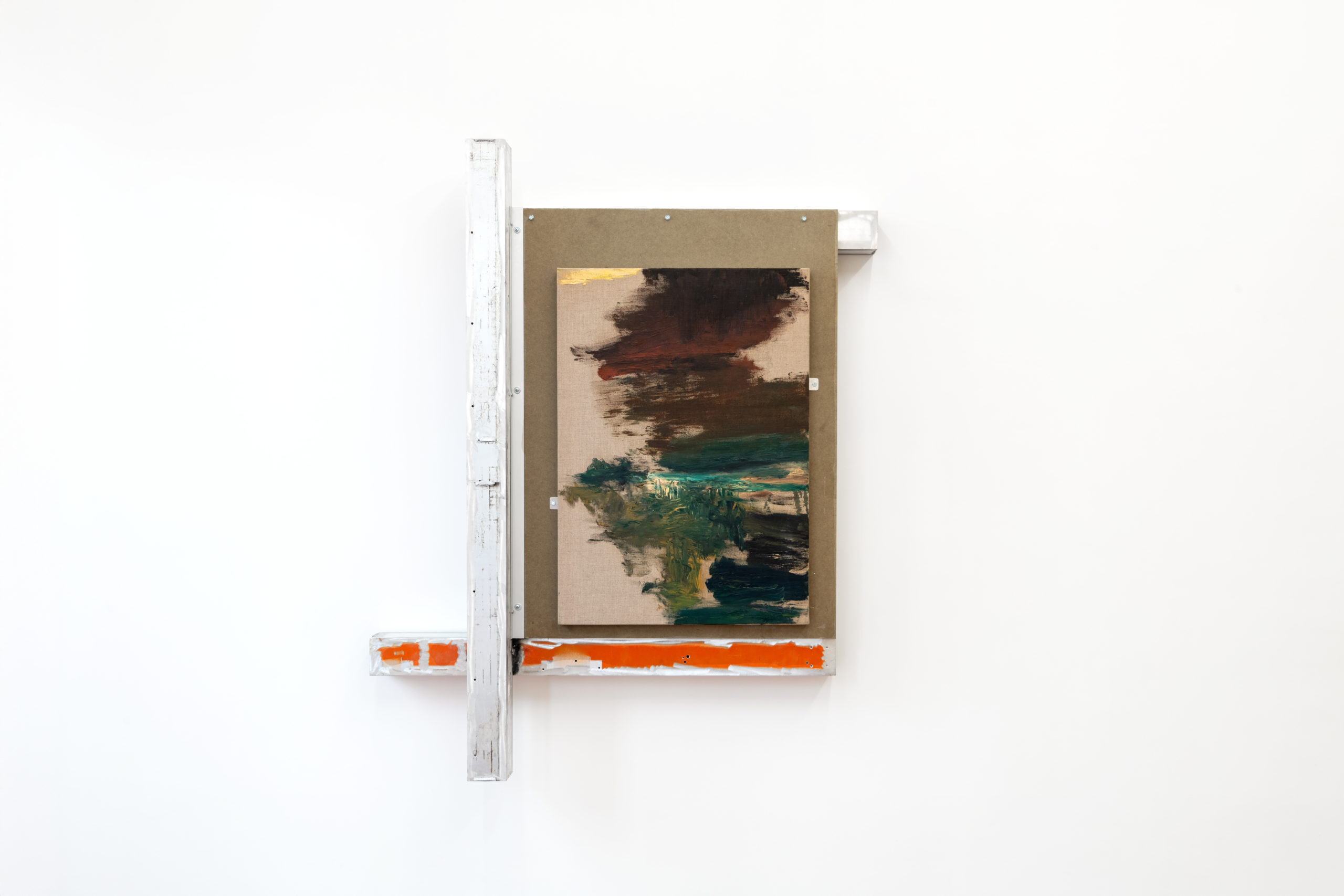

Conversaciones de invierno Menorca
Iván Argote, Claudia Comte,Pedro Cabrita Reis, Adrien Vescovi, Felice Varini
This winter, Albarrán Bourdais organises a group exhibition in its stately town-house in Mahón.“Conversaciones de invierno”(Winter conversations) celebrates the gallery’s rich programme with works ranging from installation and sculpture to textile work, as well as distinct approaches to considerations of space, language and assemblage.
Until April 19, a presentation of gallery artists features work by renowned Colombian artist Iván Argote, whose monumental commission challenging ideas of power is currently on view at the High Line in New York; Pedro Cabrita Reis, one of the most important Portuguese artists of the 20th century; and the French Adrien Vescovi, whose celebrated work encompasses layered textile compositions.
Each floor of the exhibition is dedicated to a different artist, with works throughout the office and staircase by Swiss artist Claudia Comte, known for her immersive installations exploring correlations between biomorphic forms and technology in museums and institutions across the globe.Besides, a spatial painting by Swiss artist Felice Varini, from Albarrán Bourdais’ inaugural exhibition in Menorca, ex-tends across the first floor and dialogues with the architecture and Cabrita Reis’ constructions.
Iván Argote
Paris-based artist Iván Argote (Bogotá, 1983) works with sculpture, collage, video and installations in public space, addressing our relationship with each other, power and heritage. His work has been on display in important institutions such the Centre Pompidou, the Venice Biennale and most recently the High Line in New York, for which he created a 6,4-meter-tall replica of a pigeon, canonising the common street bird.
Argote challenges our notions of monuments with tenderness and humour, as shown by bronze sculpture“Antípodo”,a word used historically to describe those living “on the other side of the earth” and which literally means “with the wrong feet”.
The works in the presentation stem from ongoing research on the history of ideologies and their influence on the formation of subjectivities. The compositions incorporate strategies such as fragments of words, taking the appearance of an architectural ruin, and advocating for a politics rooted in tenderness and empathy.
Pedro Cabrita Reis
With a four-decade long practice, Pedro Cabrita Reis (Lisbon, 1956) has developed a philosophical and poetic dis-course that embraces a wide variety of means, often incorporating industrial and found materials as well as traditional painting.
The series on view,“Museum,”showcases the evolution of the artist’s work as a dialogue between materials and space. Conceived for the artist’s exhibition at Albarrán Bourdais Madrid, the various pieces were connected by continuous aluminium tubes, like a bone structure extending through the various gallery floors.
The works appear as a series of ‘windows’ constructed from fragments of steel, neon lights and landscape resembling paintings. Rejecting representation, through his work Cabrita Reis creates a reality of its own right, that invites for contemplation.
Their fragmentary nature speaks of fragility—of the artworks, their construction and the institutions that legitimise them.
In the artist’s words in conversation with Hans Ulrich Obrist on occasion of Cabrita Reis’ exhibition in Madrid, the artist explains, “I am interested in construction, not exactly in architecture […] I am interested in the actual constructive process, which is much more, I would say, anthropological, poetical or philosophical.”
Adrien Vescovi
Hanging from the high ceilings and walls on the third floor, are textile works by Adrien Vescovi (Marseille, 1981). His compositions are created like paintings, using repurposed fabrics and time. Composed as temporalities, Vescovi assembles colours produced according to different alchemical processes, developing colour palettes and preparing natural dyes.
Fabrics are bathed over and over in the dyes, with the objective of working the textiles down to the fiber, approach-ing the original raw colour of the fabric. Fabrics are dried in the sun and sewed together in compositions which often incorporate moon-like shapes, as a reference to the moon as an ancient tool for measuring time.
Vescovi’s work with textiles also speaks to memory – fabrics have a story to tell, as the guardians of traces of a past.His works reminisce old walls where the layers of paint are peeling off, revealing the layers of time and the memory of a place – in this case, the memory built into the compositions.
Claudia Comte
Claudia Comte (Basel, 1983)’s series of “HAHAHA” works combine several of the themes and techniques characteristic to the artist’s work. In the last decades, Comte has developed an internationally-recognised practice working with digital technologies and the fundamental forms found in nature, creating imaginative landscapes that address climate change and the preservation of ecosystems.
The series of works draw from French, American and Belgian comic books, with the interjection outlined across the canvases, and presented alongside images of anthropogenic destruction. Using traditional printing and painting techniques, Comte comments on the ubiquity of images and whether they mobilise or desensitise us.
“This is not about carving out a space for humour but about the insincerity of expressing the desire to help while simultaneously exploiting the Earth’s resources through capitalist ventures.” – Comte has said. “HAHAHA embodies the nonsensical affirmation of knowing exactly what harm is being made and of not doing anything to prevent it.”